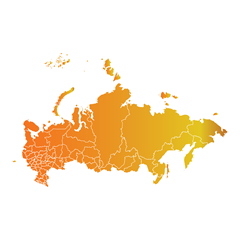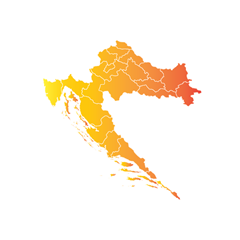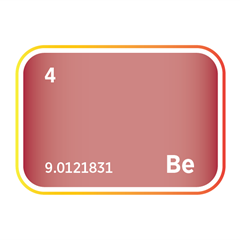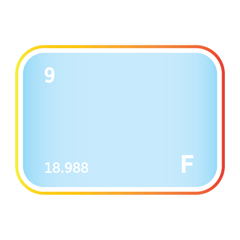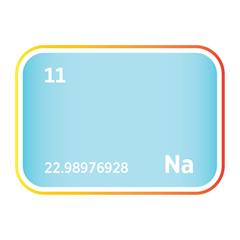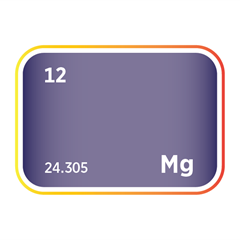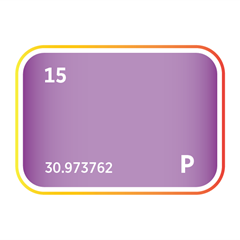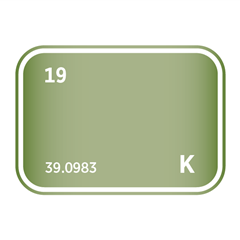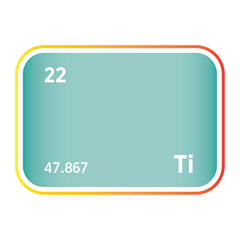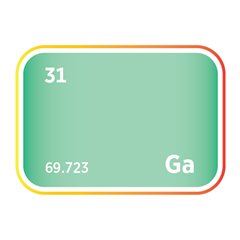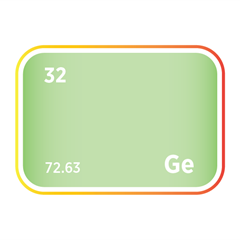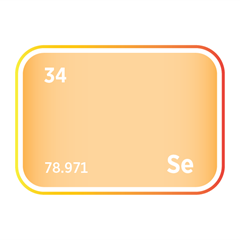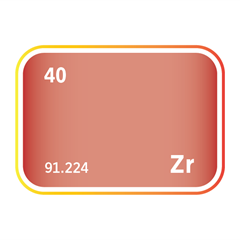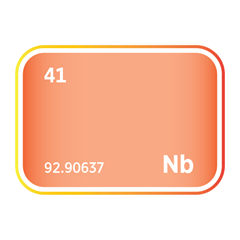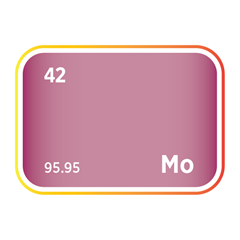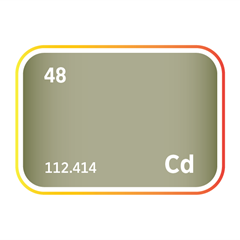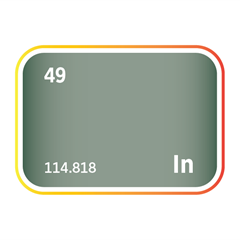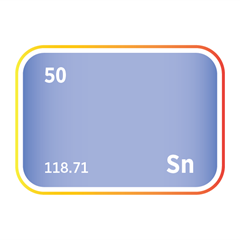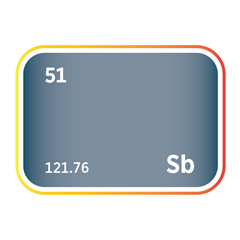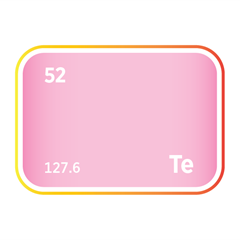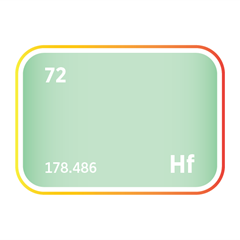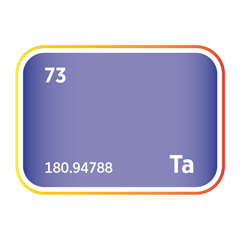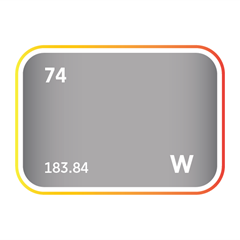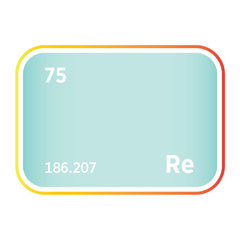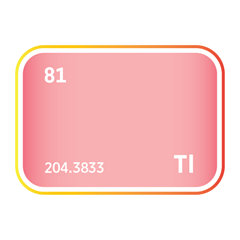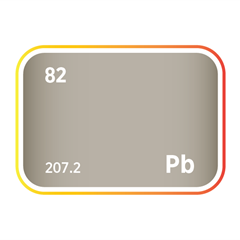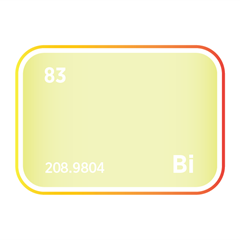Lead
Critical Minerals and The Energy Transition
Navigating the Lead Market
The lead market is foundational in the global economy, driven by its extensive use in battery manufacturing, radiation shielding, and various alloys. As a heavy, soft, and malleable metal with high corrosion resistance, lead's primary demand stems from the automotive industry for lead-acid batteries, which power cars and backup systems, underscoring its critical importance in energy storage solutions. Despite its toxicity and the environmental concerns associated with lead mining and recycling, the market continues to thrive due to the ongoing need for reliable and cost-effective energy storage, especially in emerging markets and renewable energy sectors. The lead industry is at a crossroads, facing stringent environmental regulations and increasing pressure to innovate and adopt more sustainable practices. The transition towards a more sustainable future presents challenges and opportunities for the lead market, including developing advanced recycling technologies and alternative materials that can match lead's technical properties without its environmental drawbacks. As the world seeks greener and more sustainable energy solutions, the lead market's adaptability and commitment to innovation will be crucial in balancing its indispensable role in modern technology with the imperative for environmental responsibility.
An introduction to lead
Lead demand and end-uses
Lead remains one of the most widely used non-ferrous metals globally, valued for its high density, low melting point, corrosion resistance, and electrochemical properties. While its applications have narrowed due to regulatory constraints, especially around human health and environmental exposure, lead remains indispensable in energy storage systems, radiation shielding, cable sheathing, and numerous industrial processes. Demand is increasingly shaped by the balance between legacy infrastructure, renewable energy deployment, and closed-loop recycling systems.
The dominant end-use of lead, accounting for >85% of global demand, is in the production of lead-acid batteries. These are essential for automotive starting, lighting, and ignition (SLI) systems, back-up power supplies, and increasingly, stationary storage for renewable energy. Despite the rise of lithium-ion technologies, lead-acid batteries remain cost-effective, widely recyclable, and reliable, particularly in developing markets, data centres, and uninterruptible power supply systems. They also play a crucial role in hybrid vehicle systems and electric forklifts, where cycle durability and high discharge rates are required.
Beyond batteries, lead is extensively used in cable sheathing and telecommunications infrastructure, where its resistance to moisture and chemical degradation provides long-lasting protection. Although replaced in some applications by polymer-based materials, lead remains in use for critical installations where mechanical durability and fire resistance are prioritised. In the context of grid modernisation and resilient infrastructure, this legacy demand persists, particularly in underground and submarine cable systems.
Radiation shielding is another critical application for lead, especially in medical, nuclear, and defence sectors. Its high density and shielding effectiveness make it ideal for X-ray rooms, radiopharmaceutical transport containers, nuclear reactor containment, and armour plating in military and space equipment. As healthcare systems expand and nuclear power regains interest as a low-carbon energy source, lead’s role in radiological safety is expected to remain robust, particularly where alternative shielding materials are either less effective or more expensive.
In the chemical sector, lead compounds such as lead monoxide and lead dioxide are used in glass manufacturing, ceramics, and certain pigments. Lead glass, also known as crystal, is valued for its optical clarity and high refractive index, though demand has declined with the shift to lead-free alternatives. In industrial ceramics, lead-based glazes remain in use for high-durability coatings and decorative finishes, particularly in markets with fewer regulatory restrictions. Meanwhile, lead-based stabilisers in PVC products are being phased out in many jurisdictions, replaced by calcium-zinc and organotin alternatives.
Lead also has niche roles in ammunition, fishing weights, and balancing weights for tyres and aviation components. Environmental regulations and substitution efforts have reduced demand in these areas, especially in Europe and North America, but usage persists in sectors where alternatives compromise performance or cost-effectiveness, such as military-grade munitions and specific sporting applications.
In emerging energy and sustainability sectors, lead’s recyclability offers a strategic advantage. With recycling rates exceeding 95% in many regions, lead is one of the most circular metals in use today. Secondary lead, recovered mainly from spent batteries, dominates global supply, accounting for >60% of total refined production. This closed-loop system reduces environmental impact, lowers energy intensity compared to primary production, and aligns with circular economy and ESG objectives, particularly for battery manufacturers and industrial users aiming to reduce Scope 3 emissions.
Although total lead demand is relatively stable, future trends will be shaped by the pace of electrification, the scaling of stationary energy storage, and regulatory developments. Substitution pressure remains strong in consumer-facing products, water systems, and paints, but is less viable in technical-grade applications like energy storage, shielding, and critical industrial components. As the energy transition accelerates, lead-acid batteries are expected to complement lithium-ion systems, particularly in distributed storage, telecoms, and grid-stabilising installations across emerging economies.
Lead continues to serve as a strategic industrial material, underpinned by high recyclability, established infrastructure, and enduring performance across key sectors. While its use is constrained in consumer products, its core applications in energy resilience, health protection, and heavy-duty infrastructure ensure sustained relevance in the global economy.
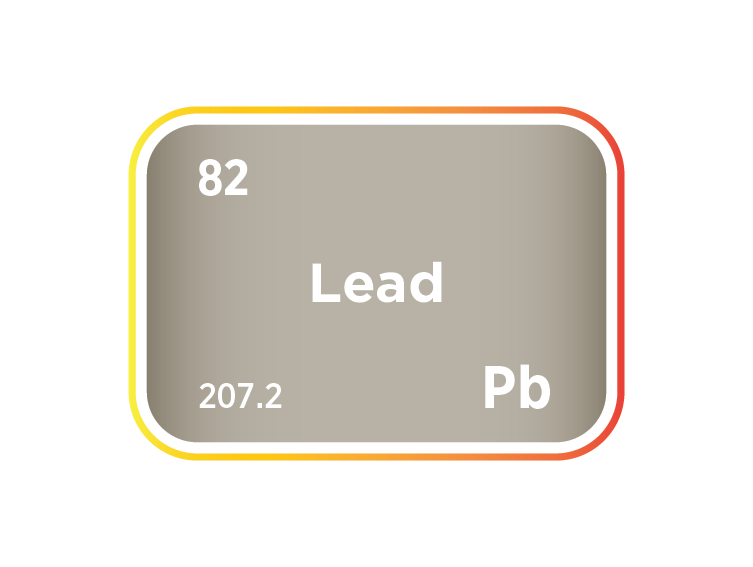
Lead supply
Lead supply is dominated by a well-established global production and recycling network, with both primary and secondary sources playing critical roles in meeting industrial demand. Unlike many critical minerals with tightly constrained geology or limited recycling pathways, lead benefits from a mature, circular supply chain, making it one of the most efficiently recycled metals in the world. Nevertheless, challenges related to environmental regulation, geopolitical concentration, and co-product dependency in primary extraction continue to shape its long-term availability.
Primary lead is produced from lead ores such as galena (PbS), which are often mined alongside zinc, silver, and copper. The largest producers of mined lead include China, Australia, Peru, Mexico, and the United States. China alone accounts for nearly half of global mine output, followed by Australia and Peru as major exporters. Primary lead production is highly dependent on smelter infrastructure, with major refining hubs located in China, India, the United States, South Korea, and Europe. Many of these refineries are co-located with zinc operations, reflecting the polymetallic nature of lead-bearing ore bodies.
Secondary lead, recovered mainly from spent lead-acid batteries, now contributes >60% of global refined lead production. Recycling rates for lead are among the highest of any metal, exceeding 95% in most OECD countries. This is largely due to the closed-loop recovery of automotive and industrial batteries, where centralised collection, processing, and remanufacture have been optimised over decades. Major secondary producers include China, the United States, Germany, India, and South Korea, each supporting their domestic battery industries and export demand. In many countries, especially in Europe and North America, secondary lead has overtaken primary lead as the dominant source of supply.
The strength of the secondary market gives lead a distinct advantage in terms of material circularity, carbon efficiency, and supply resilience. Compared to primary production, recycling lead consumes up to 65% less energy and generates significantly lower greenhouse gas emissions. This aligns well with ESG-focused procurement policies, especially in sectors like renewable energy storage and telecoms where environmental performance is becoming a procurement criterion. However, the secondary supply chain is not without challenges, including illegal informal recycling in low-income countries, which poses serious health and environmental risks due to unregulated smelting practices.
Geopolitically, the lead supply chain is relatively diversified compared to rare earths or platinum group metals, but it remains exposed to China’s market dominance, regulatory tightening, and cross-border trade disruptions. China is the largest producer of both primary and secondary lead, and its policies on battery recycling, emissions control, and metal exports can significantly influence global pricing and availability. Meanwhile, Europe’s dependency on imported primary lead and externalised secondary smelting has raised concerns about strategic autonomy and the need for investment in domestic refining capacity.
Environmental and regulatory pressures are also reshaping the global lead supply landscape. Lead mining and smelting are associated with air, water, and soil contamination risks, leading to stricter environmental permitting, mine closures, and increased scrutiny of existing facilities. In countries such as the United States and Australia, legacy pollution from historic lead mining continues to limit exploration and development of new reserves. As a result, producers are under growing pressure to demonstrate responsible sourcing, emissions reduction, and community safety as part of their licence to operate.
Looking ahead, the global lead supply outlook will be influenced by several intersecting trends: the continued dominance of closed-loop battery recycling, the decarbonisation of primary smelting operations, and the potential decline of internal combustion engine vehicles, which could reduce the flow of recyclable automotive batteries. However, new growth areas such as renewable energy storage, telecom backup systems, and off-grid electrification are expected to offset this decline, ensuring continued relevance for both primary and secondary supply.
As governments and industries seek to secure low-impact, circular, and geopolitically stable metal inputs, lead’s well-established recycling infrastructure and material efficiency make it a strategic asset. Ensuring investment in cleaner recycling, responsible sourcing, and regulatory compliance will be key to maintaining supply stability in a changing global energy and materials landscape.
Current mine lead producers
Historic mine lead producers
Refined lead producers
Secondary lead refining
Lead substitution
The drive to substitute lead across multiple sectors reflects intensifying health and environmental scrutiny, particularly in light of its toxicity, persistence, and historical accumulation in urban and industrial environments. Regulatory bans, lifecycle emissions concerns, and sustainability targets have accelerated the search for safer and more environmentally compatible alternatives. While substitution is advanced in many consumer-facing applications, it remains technically constrained in core industrial uses such as energy storage, radiation shielding, and high-density alloys, where lead continues to deliver unmatched performance and recyclability.
In cable sheathing and industrial containers, plastics have emerged as a leading substitute for lead, offering corrosion resistance and flexibility while significantly reducing environmental and occupational exposure. Polyethylene, PVC, and cross-linked polymers now dominate in telecoms and infrastructure projects, although lead is still preferred in critical applications requiring high fire resistance or durability under compression.
In potable water systems, tin has replaced lead in soldering materials, particularly in copper pipe installations, aligning with global public health efforts to minimise lead contamination in drinking water. The transition to lead-free solders, often based on tin-silver-copper (SAC) alloys, has also transformed the electronics industry, supported by EU RoHS regulations and widespread adoption of flat-panel displays that no longer require lead-based radiation shielding. These developments reflect a broader trend toward safer, lighter, and more compliant component design.
In automotive applications, lead once commonly used in wheel weights has been replaced by steel and zinc alternatives, particularly in Europe and North America, where regulation has phased out the use of lead in new vehicles. These substitutes provide comparable mass and durability, while reducing environmental impact through safer end-of-life handling and reduced soil and water contamination.
In lead-acid batteries, which account for >85% of global lead demand, substitution remains technologically and economically challenging. Although lithium-ion, sodium-ion, and flow batteries are gaining traction in electric vehicles and renewable energy systems, lead-acid batteries continue to dominate in backup power, telecoms, and short-duration storage due to their low cost, robustness, and near-total recyclability. In most industrial and off-grid contexts, they remain difficult to displace without incurring significant cost or infrastructure changes.
In radiation shielding, lead remains standard due to its density, availability, and shielding efficiency. Substitutes such as bismuth, tungsten, and polymer composites have been developed for medical and nuclear environments where reduced toxicity or weight is prioritised, but they are typically more expensive or less compact, limiting widespread replacement.
In glass, pigments, and ceramics, lead-based additives have been partially replaced with barium, zinc, and boron compounds, although trade-offs in brightness, stability, or workability are common. In decorative applications such as crystal and glazed ceramics, full substitution is ongoing, but performance and cultural preferences continue to influence material selection.
In ammunition and fishing gear, steel, bismuth, and tungsten have replaced lead in many jurisdictions to reduce wildlife exposure and ecosystem contamination. However, military and precision applications still favour lead due to its ballistic properties and high density, which remain difficult to replicate at similar cost.
In soldering for high-reliability electronics, especially in aerospace and defence, lead-tin solders are still preferred due to their mechanical properties, resistance to thermal cycling, and proven performance. Although SAC alloys dominate in commercial electronics, critical systems often retain lead-based solders under regulatory exemptions.
Overall, lead substitution is most advanced where toxicity risk, environmental regulation, and consumer exposure are high. Plastics, tin, steel, zinc, bismuth, and modern composites are all playing important roles in reducing dependence on lead, particularly in construction, electronics, and automotive systems. However, for key applications in energy storage, shielding, and dense metal applications, complete substitution remains constrained by cost, performance, and infrastructure compatibility.
As regulatory frameworks tighten further and ESG scrutiny increases, industry innovation will continue to focus on reducing lead intensity, enhancing recovery, and developing safe, scalable alternatives. Substitution, where viable, reflects not only a response to policy pressure but also a broader commitment to safeguarding health, improving material stewardship, and aligning with global sustainability goals.




Meet the Critical Minerals team
Trusted advice from a dedicated team of experts.

Henk de Hoop
Chief Executive Officer

Beresford Clarke
Managing Director: Technical & Research

Jamie Underwood
Principal Consultant

Dr Jenny Watts
Critical Minerals Technologies Expert

Ismet Soyocak
ESG & Critical Minerals Lead

Thomas Shann Mills
Senior Machine Learning Engineer

Rj Coetzee
Senior Market Analyst: Battery Materials and Technologies

Franklin Avery
Commodity Analyst

How can we help you?
SFA (Oxford) provides bespoke, independent intelligence on the strategic metal markets, specifically tailored to your needs. To find out more about what we can offer you, please contact us.





